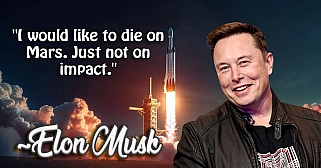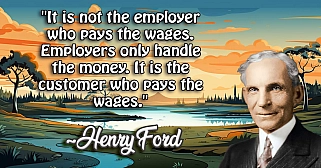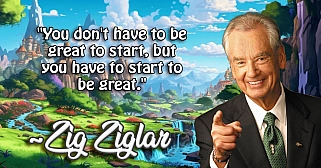Walt Disney: A Visionary Dreamer Who Built Magic
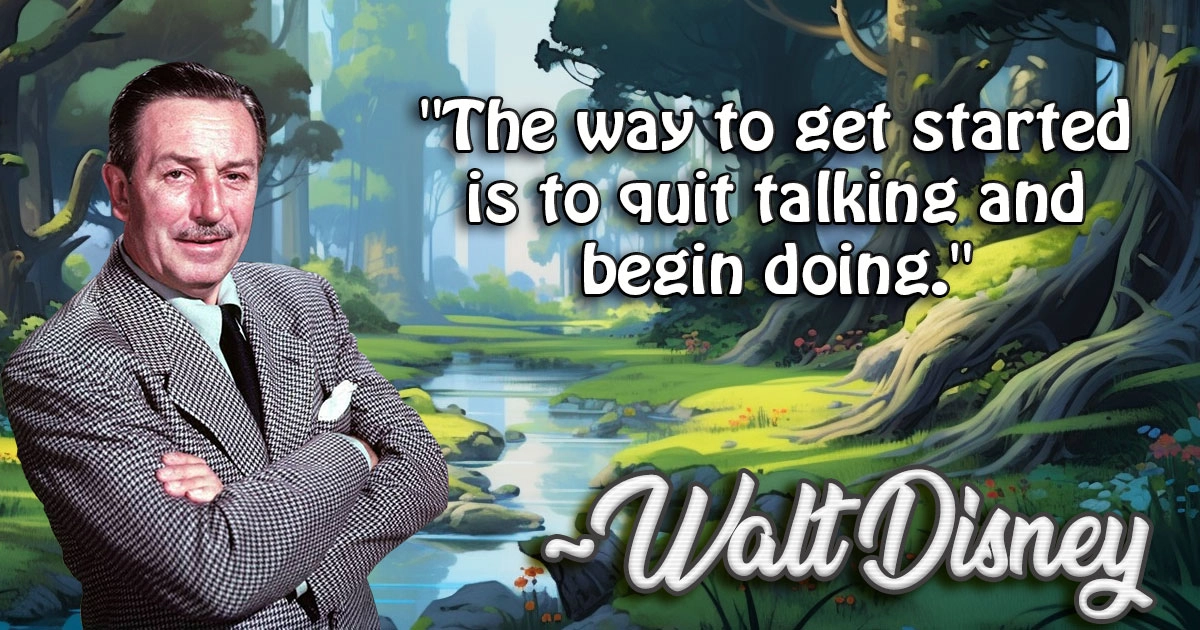
Walt Disney
Walter Elias Disney, better known as Walt Disney, is one of the most iconic figures in entertainment history. His life story is not just a tale of a man who created an entertainment empire, but a testament to creativity, perseverance, and an indomitable spirit that changed the way people perceive animation, theme parks, and storytelling. Walt Disney’s journey from a small-town boy in Missouri to the architect of a magical kingdom is as awe-inspiring as the worlds of fantasy he created.
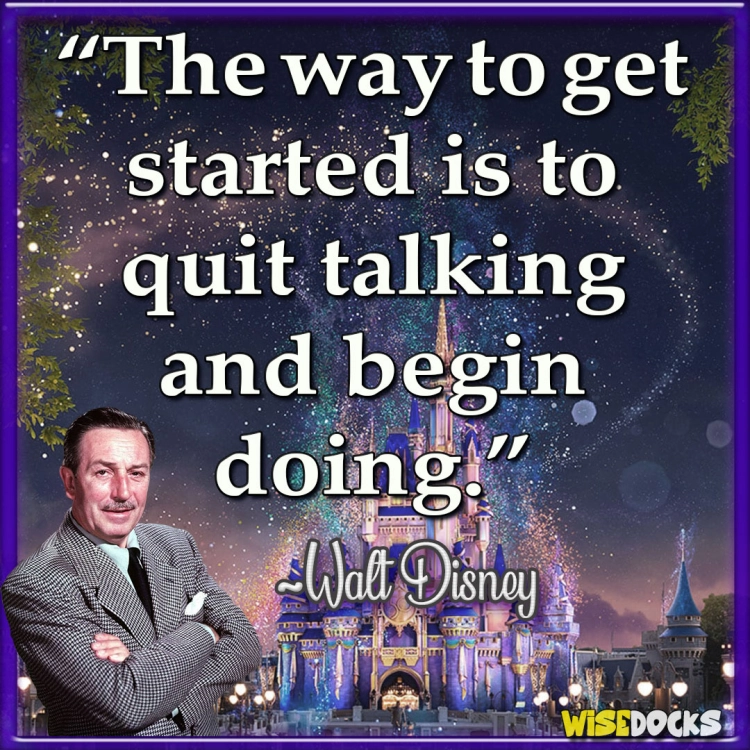
Early Life: The Foundation of a Dream
Walt Disney was born on December 5, 1901, in Chicago, Illinois, to Elias Disney, an Irish-Canadian, and Flora Call Disney, a German-American. When Walt was just a young boy, the family moved to a small farm in Marceline, Missouri. This rural town left a lasting impression on him, giving him his first taste of the simple yet profound pleasures of small-town life. Marceline would later become a direct inspiration for Main Street, U.S.A., in Disneyland.
Walt’s early life was far from easy. His father, Elias, struggled to support the family, working various jobs and investing in ventures that never quite succeeded. Walt and his siblings were often required to help their father with his work, whether it was delivering newspapers or helping out on the farm. It was in these challenging years that Walt learned the importance of hard work and persistence, traits that would serve him throughout his career.
Though the family’s financial situation was tough, Walt discovered solace in drawing and painting. He developed a passion for art at a young age and would often sell his drawings to neighbors. His creativity also extended to performance, as he frequently entertained his classmates by imitating Charlie Chaplin and performing skits at school.
The First Steps in Animation
Walt’s interest in art grew during his time at McKinley High School in Chicago, where he took art and photography classes. After dropping out of high school at the age of 16, Walt attempted to enlist in the army to serve in World War I but was rejected for being underage. Undeterred, he joined the Red Cross and was sent to France, where he drove ambulances and repaired vehicles.
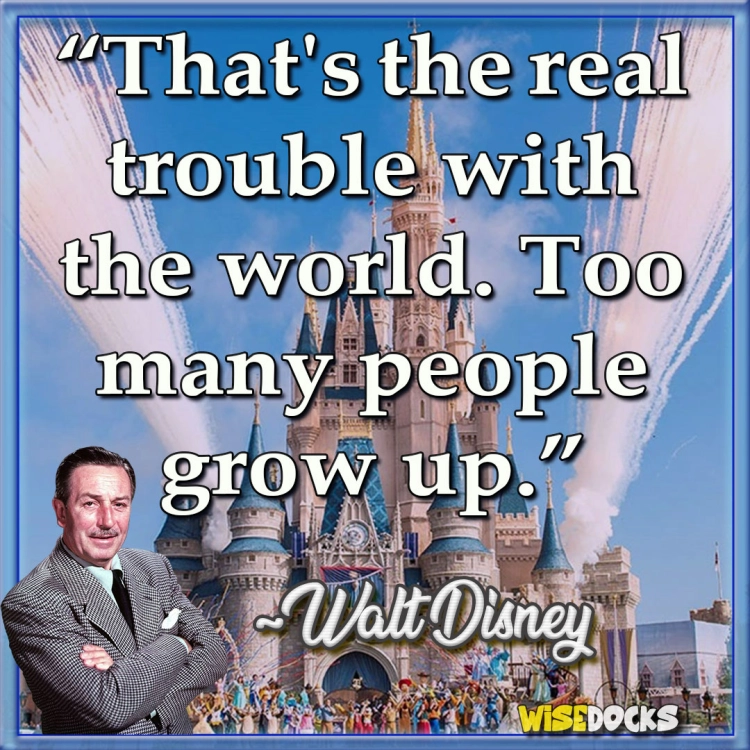
After returning to the United States in 1919, Walt moved to Kansas City and began working at an advertising company. It was here that he was introduced to animation. He started experimenting with hand-drawn animation, and it wasn’t long before he and his friend, Ub Iwerks, set up their own company called Iwerks-Disney Commercial Artists. The business, however, struggled to take off, and Walt’s first foray into entrepreneurship ended in failure. This would not be his last setback.
Walt didn’t give up on animation, though. He landed a job at the Kansas City Film Ad Company, where he learned about cutout animation. Fascinated by the possibilities, he began experimenting with cel animation, which was more fluid and dynamic than previous methods. In 1922, Walt opened a new venture called Laugh-O-Gram Studios, where he produced a series of short films based on fairy tales. While these early films were innovative, they failed to make money, and by 1923, Laugh-O-Gram Studios declared bankruptcy.
Despite yet another failure, Walt was determined. With only $40 in his pocket, he boarded a train to Hollywood, California, in search of success.
Building an Empire: Mickey Mouse and Early Success
Walt arrived in Los Angeles in 1923, where his brother Roy was already living. Together, the Disney brothers borrowed money and opened the Disney Brothers Studio. Walt initially sought to break into the film industry, but after struggling to find work, he returned to his passion: animation.
The turning point came in 1928 when Walt and Ub Iwerks created a character that would become one of the most recognizable figures in the world: Mickey Mouse. Mickey made his debut in a short film called "Steamboat Willie," which was revolutionary because it was one of the first animated films to synchronize sound with the characters’ movements. The combination of an endearing character and innovative technology captured audiences’ hearts, and Mickey Mouse became an instant sensation.
Mickey’s success paved the way for Walt to expand his studio. He continued to push the boundaries of animation with a series of Mickey Mouse shorts and introduced other beloved characters like Minnie Mouse, Donald Duck, Goofy, and Pluto. The Disney Studio became known for its high-quality animation, humor, and innovation.
But Walt wasn’t satisfied with short films. He had an ambitious vision: to create the first-ever full-length animated feature film. This idea was met with skepticism, as many believed that no one would sit through a feature-length cartoon. Undeterred, Walt pressed on, and in 1937, "Snow White and the Seven Dwarfs" was released. The film was a groundbreaking success, both artistically and financially, proving that Walt’s bold vision was correct. The success of "Snow White" gave Walt the resources to build an animation empire.
Expanding the Vision: Classic Films and New Horizons
Following the success of "Snow White," Walt Disney Studios went on to produce a series of classic animated films, including "Pinocchio" (1940), "Fantasia" (1940), "Dumbo" (1941), and "Bambi" (1942). Each film was an artistic achievement, pushing the boundaries of animation, storytelling, and music.
However, success did not come without challenges. World War II had a significant impact on the studio. The war disrupted the European market, leading to financial strain. Disney was also dealing with internal labor disputes and a strike by his animators in 1941. Though the strike was resolved, it left Walt feeling disillusioned and disconnected from his staff. Despite these struggles, he continued to push forward, driven by his insatiable desire to create.
In the post-war years, Walt turned his attention to new ventures. In addition to producing films like "Cinderella" (1950), "Alice in Wonderland" (1951), and "Peter Pan" (1953), he began exploring the idea of building an amusement park. Walt envisioned a place where families could escape the real world and immerse themselves in fantasy—a place where dreams came to life.
The Birth of Disneyland
Walt’s dream of creating a theme park was inspired by his visits to amusement parks with his daughters. He wanted to build a place that was clean, family-friendly, and immersive. He envisioned something more than just a collection of rides; he wanted a place that transported visitors to different worlds, filled with characters and stories from his films.
In 1955, Disneyland opened its gates in Anaheim, California. The park was an instant success, attracting visitors from around the world. Disneyland was unlike anything anyone had ever seen before—a meticulously designed, fully immersive environment that combined entertainment, art, and technology. The park featured themed lands such as Fantasyland, Adventureland, and Tomorrowland, each offering a unique experience. Walt’s attention to detail was evident in every aspect of the park, from the architecture to the attractions to the landscaping.
Disneyland’s success cemented Walt’s legacy as a visionary. It was the culmination of his lifelong dream: to create a place where imagination had no limits, where families could come together and experience magic.
Overcoming Adversity: The Later Years
In the years following the opening of Disneyland, Walt Disney continued to innovate. He expanded his empire with new films, including "Sleeping Beauty" (1959), "101 Dalmatians" (1961), and "The Jungle Book" (1967). He also ventured into television, producing popular programs like "The Mickey Mouse Club" and "Walt Disney’s Wonderful World of Color."
However, Walt’s ambitions extended beyond entertainment. In the 1960s, he began working on a new project that would revolutionize the concept of urban planning: the Experimental Prototype Community of Tomorrow, or EPCOT. Walt envisioned EPCOT as a model city where people could live and work in harmony, utilizing the latest technologies to create a better future. While EPCOT would not be fully realized in Walt’s lifetime, it laid the foundation for future innovations at Disney, including the creation of Walt Disney World in Florida.
Tragically, Walt Disney’s life was cut short by lung cancer. He passed away on December 15, 1966, at the age of 65. His death was a profound loss, not just for his family and the Disney company, but for the world. Walt had become a symbol of creativity, imagination, and the belief that anything was possible if you worked hard enough.
The Legacy of Walt Disney
Walt Disney’s influence on the world of entertainment is immeasurable. He revolutionized animation, pioneered the concept of the theme park, and created a brand that has become synonymous with magic and wonder. His vision and creativity continue to inspire new generations of filmmakers, animators, and dreamers.
Even after his death, the Walt Disney Company continued to thrive, expanding into new areas such as television, film, and international theme parks. Walt Disney World opened in 1971, fulfilling Walt’s dream of creating a larger, more expansive version of Disneyland. The company continued to produce iconic films such as "Beauty and the Beast" (1991), "The Lion King" (1994), and "Frozen" (2013), as well as acquiring franchises like Star Wars and Marvel, solidifying Disney as a global entertainment powerhouse.
Walt Disney’s legacy is not just the films, theme parks, or characters he created. It’s the idea that dreams can come true if you have the courage to pursue them. Walt himself once said, "All our dreams can come true if we have the courage to pursue them." This belief, embodied in the world he built, has inspired countless people to follow their own dreams and create magic in their lives.
From the streets of Marceline, Missouri, to the fairy-tale castles of Disneyland, Walt Disney’s story is one of imagination, perseverance, and the unwavering belief that a dream can change the world. And in Walt Disney’s case, it did.
